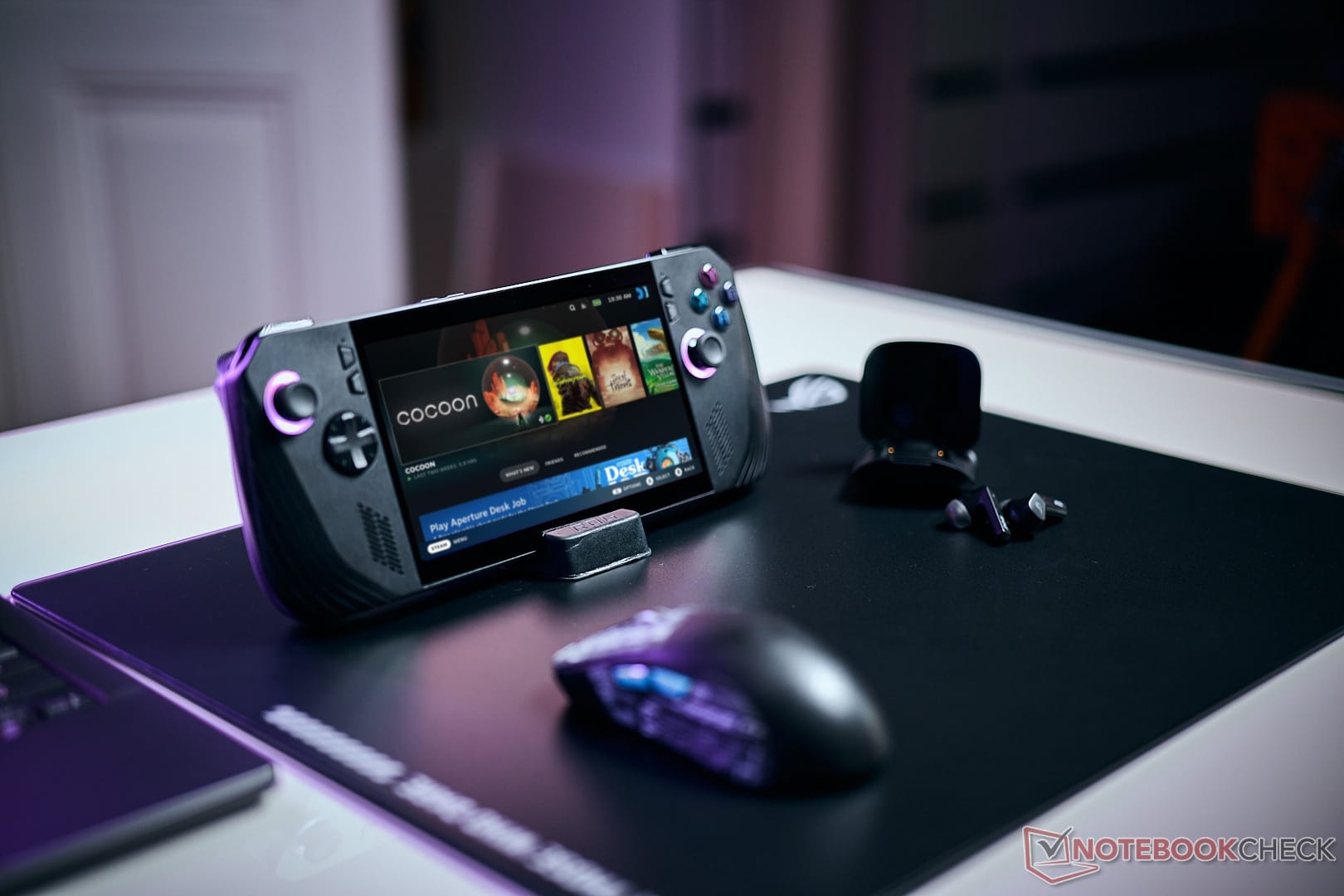Valve has long said it would make the SteamOS ISO available for anyone who wants to put it on any PC or handheld gaming console they prefer. Recently, they reaffirmed this promise and even added support for the extra buttons on the Asus ROG Ally in SteamOS. Now, Gamescope, which is Valve’s gaming micro-compositor, has made more progress in making SteamOS work with the Asus ROG Ally and Ally X.
Recent Developments in Gamescope
A contributor to the Gamescope project recently shared that they added a configuration for the Asus ROG Ally display during a recent merge. This configuration has been tested and confirmed to work with both the Asus ROG Ally X and the original Ally. The tests showed that the ROG Ally display configuration is compatible with various games and includes features like VRR and the ability to adjust the SteamOS refresh rate in the game overlay.
Ongoing Improvements
There’s probably still a significant amount of work needed before the Asus ROG Ally functions perfectly with SteamOS. However, it seems that much of the essential proprietary work is being completed first, such as customizing button mappings and screen configurations. Valve has mentioned before that they are steadily making headway in adding support and features for other gaming systems and handhelds, but they have not provided a specific timeline for release.
The Asus ROG Ally X is currently priced at $799.99 at Best Buy and offers a notable performance boost compared to its earlier model.
Alternatives to SteamOS
If you are searching for a SteamOS-like experience with Gamescope, there are several alternatives available, such as Bazzite and ChimeraOS. Both options support a range of system configurations, largely due to their Linux base, which leads to speculation that Valve is working to optimize hardware and configuration support for these third-party devices. Valve has also stated multiple times that they do not view these handhelds as competition for the Steam Deck. This viewpoint is logical when you consider that it benefits Valve to have as many devices running SteamOS as possible, especially since they have historically sold the lower-end Steam Deck at a loss.


Leave a Reply